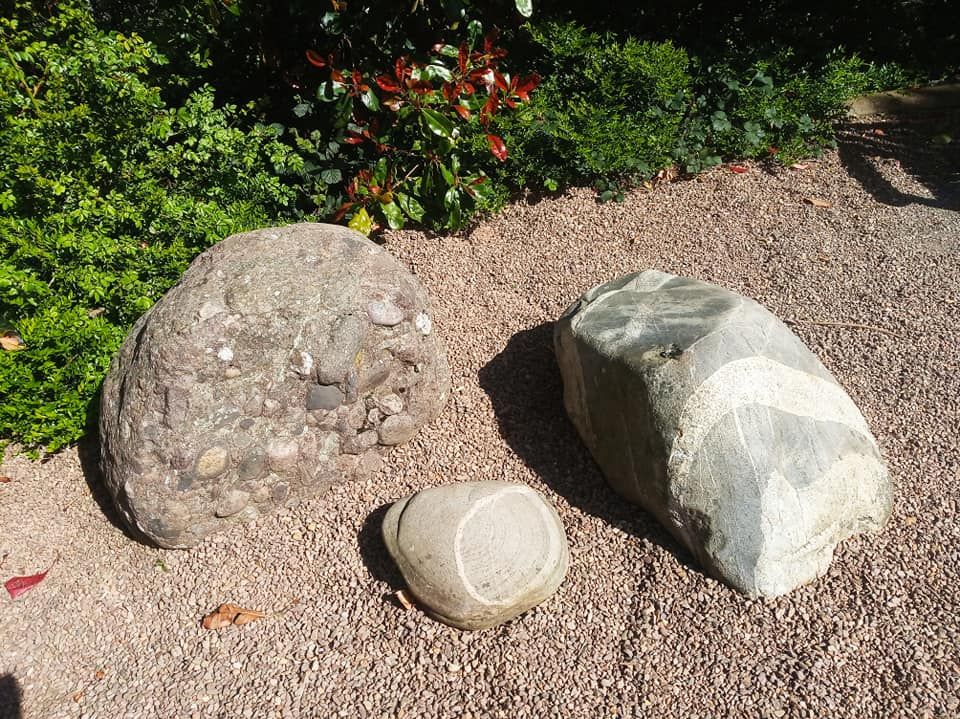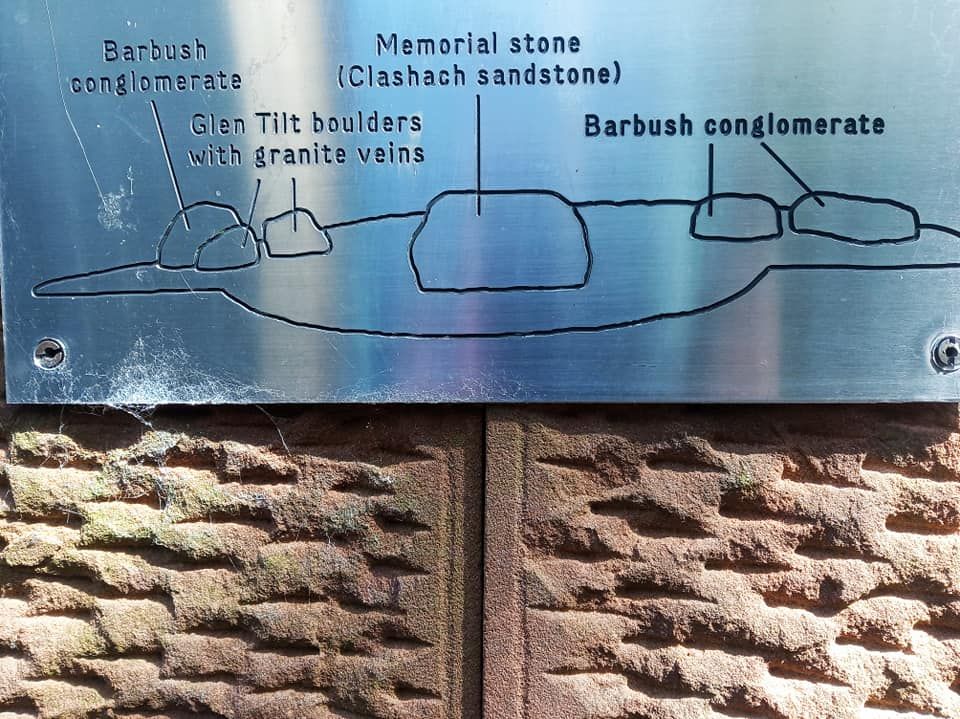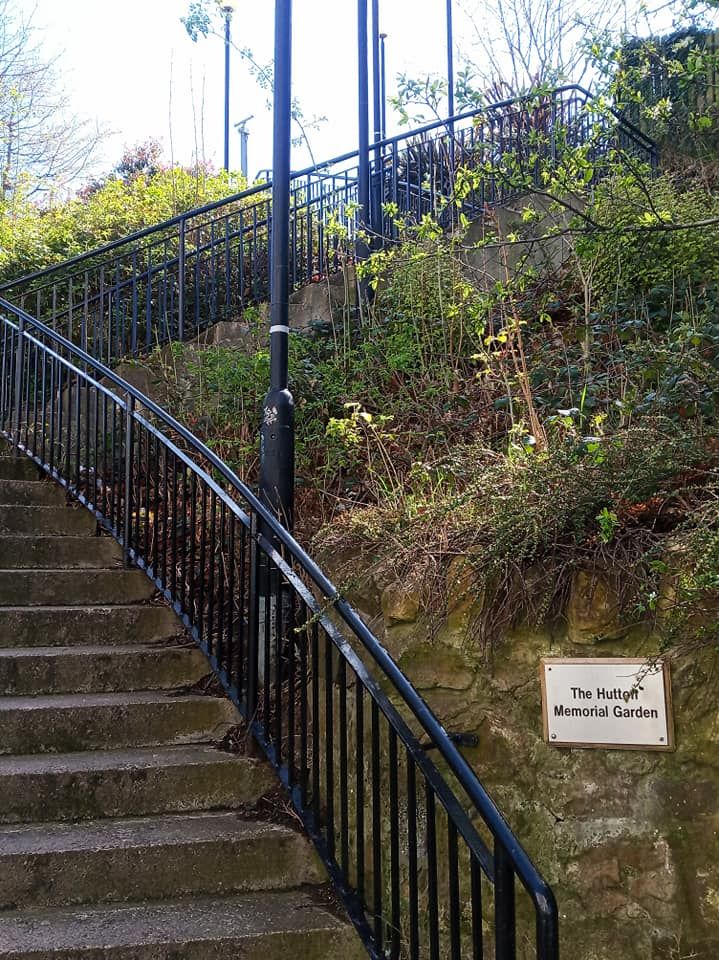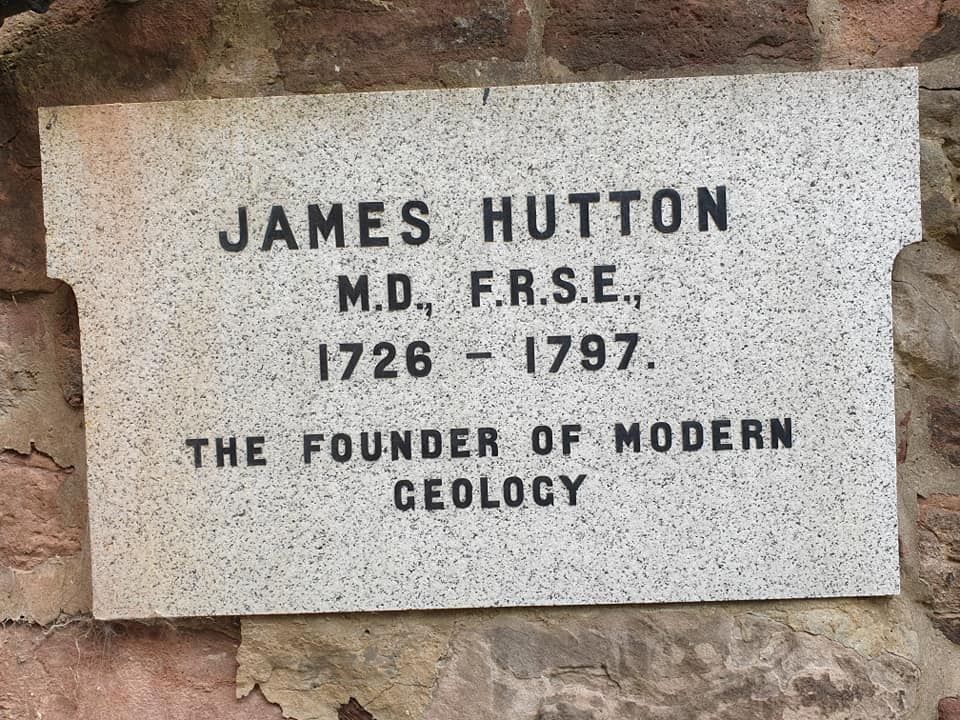About
A small garden filled with stones may be the most fitting tribute to a man credited as the founder of modern geology. In the 18th century, James Hutton developed a theory that the earth was much, much older than anyone had previously thought.
Beginning in the early part of the 18th century and ending sometime towards the middle, Edinburgh was known as the center of the Age of Enlightenment. The intellectual and philosophical movement graced European society from the late 17th century to the early 19th century, and moved away from religious explanations, in favor of reason, experimentation, and scientific evidence.
There were many clubs that sprang up around the city where these implications were heavily debated. Among those who took a more scientific approach to the world were the philosopher David Hume (1711 -76), the economist Adam Smith (1723-90), and geologist James Hutton (1726-97).
Though he had originally studied to be a physician, Hutton developed an interest in geology and meteorology while living at his family’s farm. Along with several others, he helped establish the theory of uniformitarianism, which maintains that changes in the development of mountains and oceans are the result of actions caused by violent, continuous, and steady natural events. In other words, the development of the earth's crust was most likely due to events like earthquakes, volcanoes, and other natural phenomena rather than acts of god.
Situated on a hill overlooking Holyrood Park, near Hutton’s birthplace, is a garden dedicated in his honor. The James Hutton Memorial Garden was unveiled in 2002, on the bicentenary of his death. Visitors will find an array of stones that were important to the development of his scientific theories, including Barbush conglomerate and Glen Tilt boulders A nearby sign indicating where the garden’s stones were sourced and their significance. At the center, a plaque mounted on a block of Clashach sandstone, which is engraved with a quote from Hutton: “We find no vestige of a beginning, no prospect of an end.”
Related Tags
Know Before You Go
The garden is located in an area that is a little tricky to get to, it is also secluded, so use caution and common sense when trying to reach it. A few feet east of the juncture where Holyrood Road meets the Pleasance, near the traffic lights, is a set of stairs with a black railing on what looks to be a lane called Viewcraig Gardens. The memorial is at the top of the stairs.
For disabled access, the garden can be reached through the arch north of the Sports Union, opposite the terminated end of Drummond Street. At the far end of the car park, on the left, a ramp leads down to the Garden.
James Hutton is buried in The Covenanters’ Prison which is attached to Greyfriars Kirkyard, located on 26A Candlemaker Row. Access to this portion of the graveyard is limited to special Open Door events throughout the year or through City of the Dead ghost tours.
The Hutton Section in Holyrood Park is currently off-limits due to precautions against rockslides.
Flavors of Scotland: Beyond the Haggis
Smoked seafood, single malt whisky, and warm hospitality.
Book NowCommunity Contributors
Added By
Published
June 20, 2022






































































